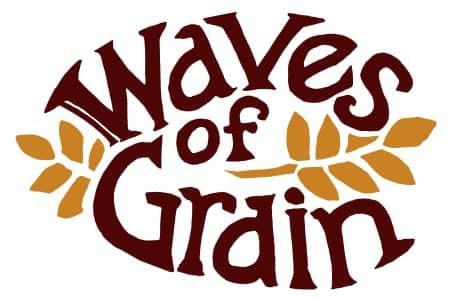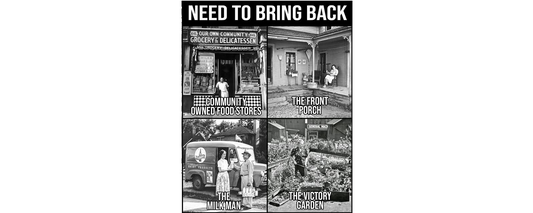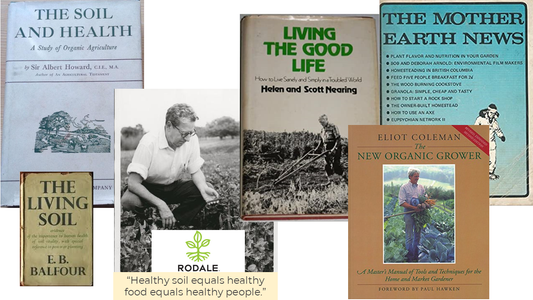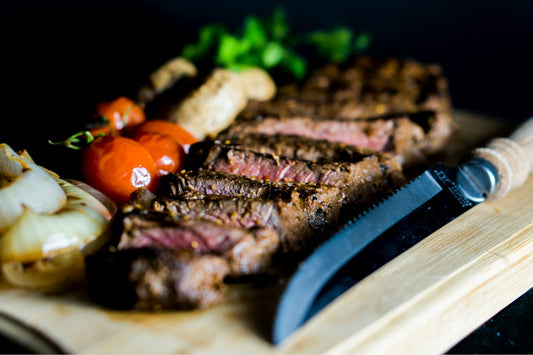We meet people on market days that don’t eat lamb because they think lambs are babies. “Baby lambs” are the young animals they are thinking of. Lambs are fully grown sheep and ready for breeding. They are still called lambs at time of harvest because they are not yet bred, if female, or, if male, not needed as a breeding ram. At this stage in their life, the meat is still delicious and the farmer is deciding whether to keep them for breeding or bring them home as meat. In the wild, no ungulate (deer, elk, caribou, antelope, bison, water buffalo, sheep, goat, or cow) ever dies of old age. They breed like crazy and then they get eaten by predators. That's their role in the natural ecosystem and it remains the same in farming. If we do not harvest lambs, they immediately overpopulate, just as deer do when predators are suppressed.
Cooking lamb is either very fast or very slow. On the slow side is lamb shank stew. We started making our version of a Berber tagine after meeting a local farmer selling her lamb at the farmers market. We’d buy shanks whenever she had them. Since berbere spice was not available in local stores, Mary made her own, mixing up a large jar of dried spices that lasted us for 2 years.
This stew is very basic, relying on flavorful meat and spices. In a thick-bottomed stew pot, sauté garlic and onions in olive oil. When the onions are translucent, mix in a dangerous amount of spice and more olive oil. Then add lots of fresh cut mint finely chopped and dried sumac powder from the Persian store in Boulder. Nestle in 2 or 4 lamb shanks, depending on how big your pot is, and amply cover with water. Slow cook for 4 hours and enjoy the heavenly scents coming from your kitchen. For more of a tagine effect, we sometimes use our Dutch oven to sauté in and then cover and transfer it to the oven for braising, after adding just enough water to cover.
Depending on who you consult, berbere is made from 10 or 14 or 17 different spices. There are wet and dry versions, but we favor the dry because we don’t cook with it every day. Gather as many of the following ground, dry spices as you can, mixing some or all of these: red hot pepper (such as cayenne), sweet and/or smoked paprika, coriander, fenugreek (abish), cumin, black seed (nigella), black and/or white pepper, ginger, turmeric, korarima (or substitute cardamom), nutmeg, allspice, cloves, cinnamon, garlic and/or onion powder, rosemary, rue, basil, holy basil, ajwain (or substitute thyme). The ultimate thing is to acquire whole spices, roast them, and grind them. We’ve had great results using ground spices from Simply Bulk in Longmont, any Natural Grocers, or a local Middle Eastern grocery.
Berbere is considered a warm spice, but not hot. In Ethiopian cooking, the hot spice is called mitmita and includes piri piri chilies (aka birds-eye or Thai peppers) for extra heat. Still, berbere should be hot enough to warm your chest. It is a great dish at any time of year.




